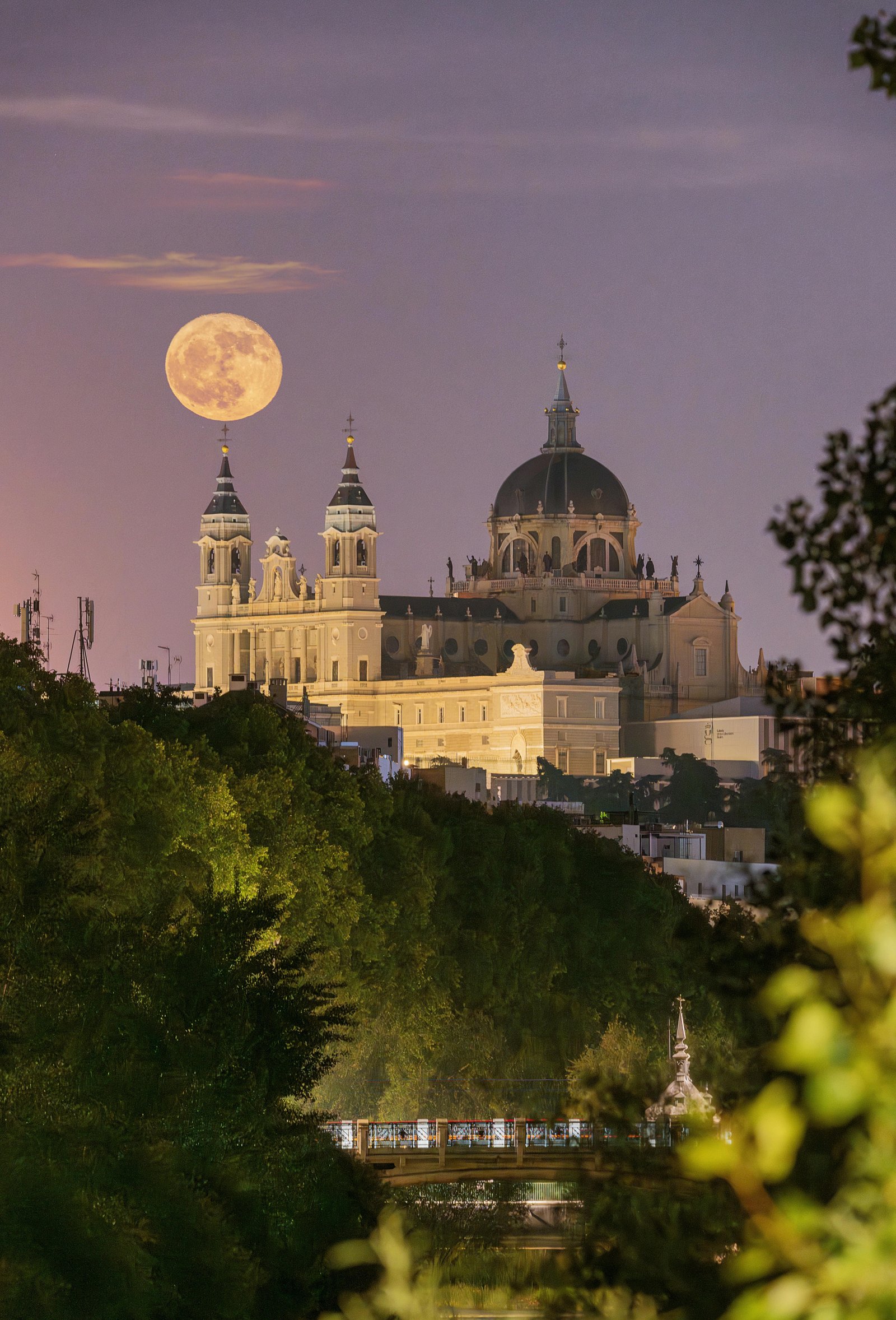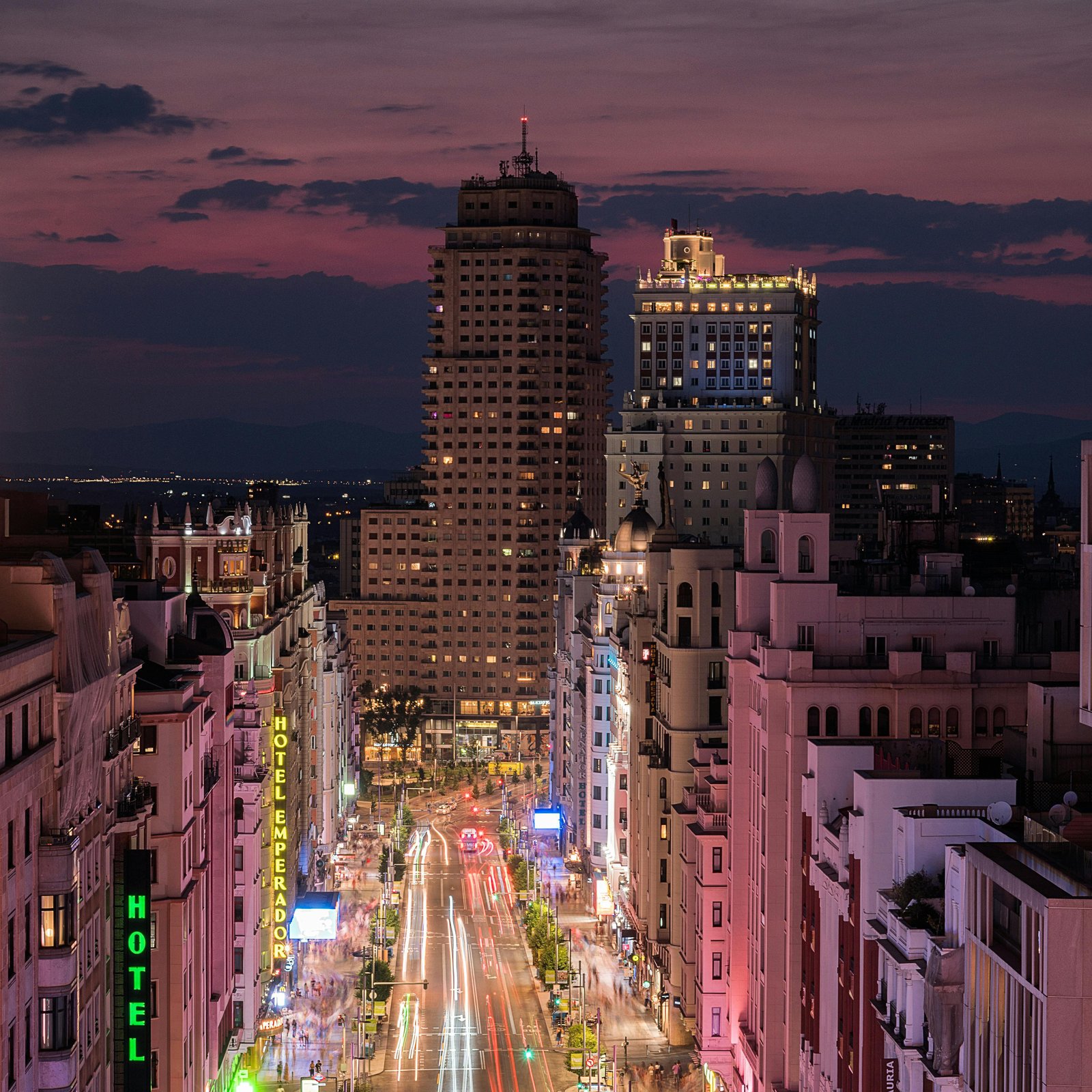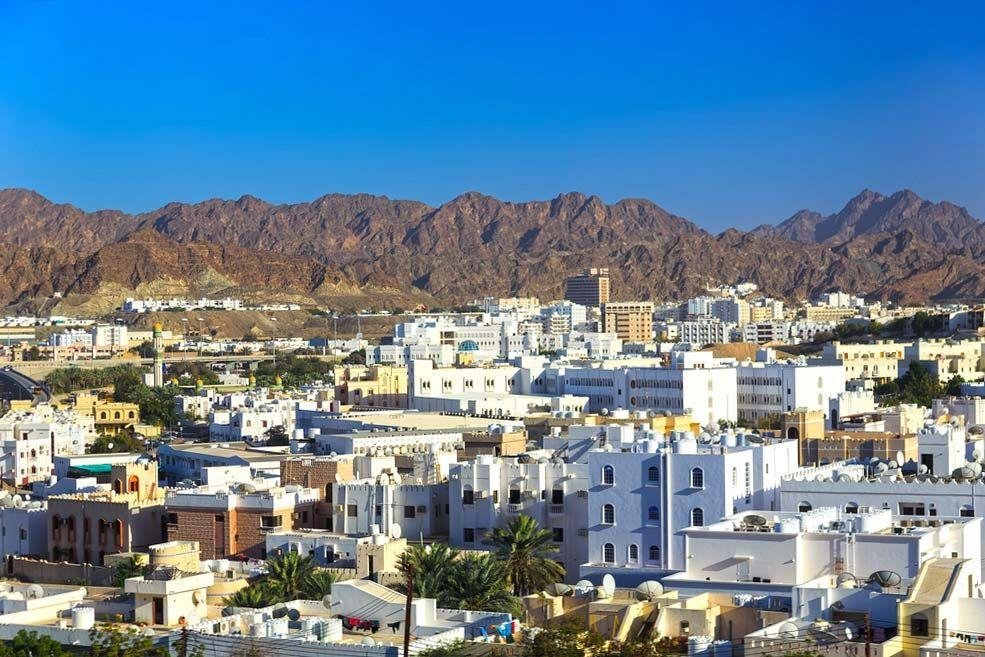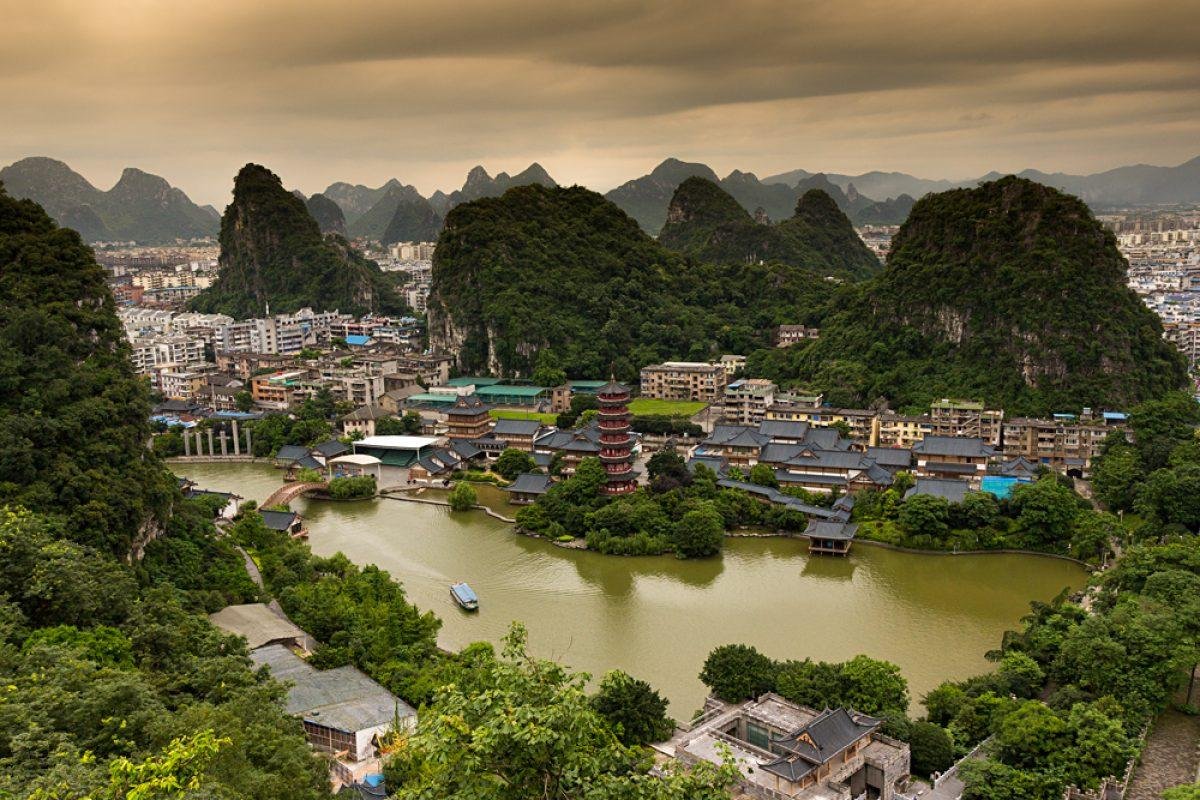Muscat, the capital city of Oman, is a captivating blend of traditional Arabian architecture and modern design, reflecti...
The Architectural Tapestry of Madrid: A Journey Through Time
Madrid, the vibrant capital of Spain, is a city where history and modernity coexist in a stunning architectural tapestry. Its landscape is a blend of classical and contemporary designs, reflecting the city’s rich cultural heritage and dynamic evolution over the centuries. From grand palaces to innovative skyscrapers, Madrid's architecture tells the story of its past while embracing the future.

The Royal Palace of Madrid, one of the most iconic landmarks, showcases the city's Baroque architecture. Built in the 18th century, it is the official residence of the Spanish royal family. The palace boasts over 3,000 rooms, adorned with intricate frescoes, lavish decorations, and beautiful gardens. Nearby, the Almudena Cathedral, with its neoclassical façade and modern interior, complements the palace, creating a harmonious blend of styles.
Madrid's bustling Plaza Mayor, a historic square surrounded by elegant buildings, serves as a focal point for both locals and tourists. This rectangular plaza, with its arcaded walkways and vibrant atmosphere, has been the site of various events, from markets to bullfights. The architecture here reflects the Spanish Renaissance style, characterized by its symmetry and grandeur.
Venturing into the Gran Vía, one can witness the evolution of architectural styles in Madrid. This famous avenue, known as the "Spanish Broadway," is lined with impressive buildings, including the Metropolis Building, an iconic example of early 20th-century architecture with its ornate dome and sculptures. The Gran Vía is a testament to Madrid's modernization during the early 1900s, featuring Art Deco and Modernist influences.
The CaixaForum, a cultural center housed in a former power station, showcases contemporary architecture. Designed by Herzog & de Meuron, its striking vertical garden and cantilevered structure make it a standout in the city. This innovative space hosts art exhibitions and cultural events, bridging the gap between the past and the present.
Another architectural gem is the Museo del Prado, one of the world's premier art museums. Its neoclassical façade, designed by Juan de Villanueva, is complemented by modern extensions, creating a dialogue between historical and contemporary architecture. The museum houses an extensive collection of European art, making it a must-visit for art enthusiasts.
Madrid's skyscrapers, such as the Torre de Cristal and Torre Cepsa, represent the city’s modern skyline. These glass-clad towers, part of the Cuatro Torres Business Area, reflect Madrid's growth as a global financial center. The sleek designs and sustainable features of these buildings exemplify the city's commitment to innovation and urban development.
The city’s commitment to preserving its historical architecture is evident in the Barrio de las Letras, a historic neighborhood where famous writers like Cervantes once lived. The streets are lined with charming buildings, many featuring beautiful balconies and colorful facades. This area captures the essence of Madrid’s literary heritage and is a delightful place to explore.

In contrast, the contemporary architecture of the Madrid Río project revitalizes the city’s landscape. This urban renewal initiative transformed the banks of the Manzanares River into a vibrant green space, complete with parks, bike paths, and recreational areas. The innovative design integrates nature into the urban environment, enhancing the quality of life for residents and visitors alike.
The Santiago Bernabéu Stadium, home to the Real Madrid football club, is another architectural marvel. Its modern renovation plans aim to create a state-of-the-art facility while preserving the stadium's historic significance. The design incorporates advanced technology and a retractable roof, showcasing Madrid's passion for sports and entertainment.
Madrid’s architecture is not only a reflection of its historical significance but also a testament to its adaptability and forward-thinking spirit. The city continues to evolve, embracing new designs and sustainable practices to meet the needs of a growing population.
In conclusion, Madrid’s architectural tapestry is a captivating blend of history and modernity. From the grandeur of the Royal Palace to the sleek lines of contemporary skyscrapers, each building tells a story of the city’s evolution. As you wander through the streets of Madrid, you’ll discover a vibrant city that honors its past while looking towards the future, making it a truly remarkable destination for architecture enthusiasts and travelers alike. Madrid is not just a city of buildings; it is a living, breathing testament to the artistic and cultural heritage of Spain, inviting all who visit to immerse themselves in its rich architectural legacy. Whether you are exploring the historic neighborhoods or marveling at modern designs, Madrid offers an architectural experience that is both diverse and inspiring, celebrating the beauty of human creativity across centuries.
Share:




